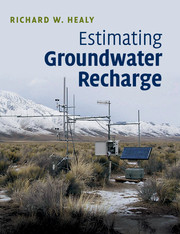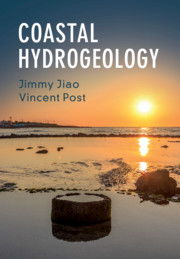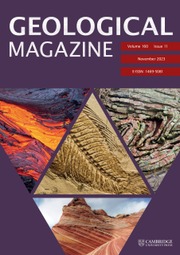Estimating Groundwater Recharge
Understanding groundwater recharge is essential for successful management of water resources and modeling fluid and contaminant transport within the subsurface. This book provides a critical evaluation of the theory and assumptions that underlie methods for estimating rates of groundwater recharge. Detailed explanations of the methods are provided - allowing readers to apply many of the techniques themselves without needing to consult additional references. Numerous practical examples highlight benefits and limitations of each method. Approximately 900 references allow advanced practitioners to pursue additional information on any method. For the first time, theoretical and practical considerations for selecting and applying methods for estimating groundwater recharge are covered in a single volume with uniform presentation. Hydrogeologists, water-resource specialists, civil and agricultural engineers, Earth and environmental scientists and agronomists will benefit from this informative and practical book. It can serve as the primary text for a graduate-level course on groundwater recharge or as an adjunct text for courses on groundwater hydrology or hydrogeology. For the benefit of students and instructors, problem sets of varying difficulty are available at http://wwwbrr.cr.usgs.gov/projects/GW_Unsat/Recharge_Book/
- The first single-authored book on the topic - ensuring a uniform and accessible style
- Brings the various methods together in a single reference - enabling readers to make informed decisions on selection and application of methods
- Provides a critical appraisal of the assumptions underlying recharge-estimation methods - allowing readers to determine the suitability of any method for a particular study
Reviews & endorsements
'… the structure of the book is well thought over, and each section can be perceived as a comprehensive elaboration preceded by an introduction and followed by a discussion … well written … students will find in this book important and interesting information that they can apply in their hydrological projects … I find the book a valuable source of knowledge, supported by the author's scientific experience.' Geologos
'… provides such a treasure trove of insight and information, presented in such an amiable fashion, that it deserves a place of honor on the bookshelves of groundwater professionals everywhere … In addition to theory, facts, examples and references, the book provides valuable insight … this is an extremely useful new addition to the hydrogeologists' library … will prove particularly useful to modelers looking for insight into their uppermost boundary conditions (both recharge and discharge) … it will also inspire some of us to go out and try one or more of the many methods that are so well documented in the book and will ultimately result in significant advances in our science.' Ground Water
'Clearly written, the book also serves as a reference work. … The literature is covered extensively, with emerging techniques presented in historical context. … Many hydrologists will want to keep a copy close at hand as a reference text.' Eos
'… an excellent addition to the growing knowledge base of groundwater science and technology. … By placing an emphasis on method, this book provides clear concepts of the recharge process and associated methods that stem from more than 800 peer-reviewed references. …Healy's book offers a comprehensive yet focussed treatment in both theoretical and practical aspects through a wealth of cited references. … the book comprehensively documents some forty methods that can be applied for estimating groundwater recharge in a range of hydrological scenarios. Perhaps for the first time, both theoretical and practical aspects are considered within the conceptual framework. It makes the book an excellent reference for both students and practising hydrogeologists to consult in their endeavour to better understand recharge estimation.' Hydrogeology Journal
Product details
September 2010Adobe eBook Reader
9780511796104
0 pages
0kg
104 b/w illus. 16 tables
This ISBN is for an eBook version which is distributed on our behalf by a third party.
Table of Contents
- Preface
- 1. Groundwater recharge
- 2. Water-budget methods
- 3. Modeling methods
- 4. Methods based on surface-water data
- 5. Physical methods - unsaturated zone
- 6. Physical methods - saturated zone
- 7. Chemical tracer methods
- 8. Heat tracer methods
- 9. Linking estimation methods to conceptual models of groundwater recharge
- References
- Index.







